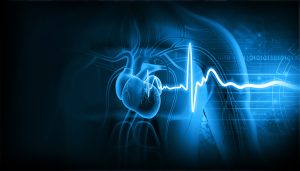Articles / Teenagers, smart phones and ADHD

Teenagers who are constantly checking their phones are more likely to develop ADHD symptoms than their less social-media-engaged peers, US researchers say.
In what the study authors say is the first longitudinal study investigating the issue, researchers found that the frequency of digital media use among over 2500 non-ADHD 15-and 16-year-olds was significantly associated with the subsequent development of ADHD symptoms over a two-year period of follow up.
A high frequency of media activity – most commonly checking their smart phone was associated with an 10% increased likelihood of developing inattentive and hyperactive-impulsive symptoms in this teenage cohort. Associations were significantly stronger in boys and participants with more mental health symptoms, such as depressive symptoms and delinquent behaviours.

Allergen Introduction – Practical Tips for GPs

Obstructive Sleep Apnoea

Very overestimated
Moderately/slightly overestimated
Quite accurate
Moderately/slightly underestimated
Very underestimated
Listen to expert interviews.
Click to open in a new tab
Browse the latest articles from Healthed.
Once you confirm you’ve read this article you can complete a Patient Case Review to earn 0.5 hours CPD in the Reviewing Performance (RP) category.
Select ‘Confirm & learn‘ when you have read this article in its entirety and you will be taken to begin your Patient Case Review.





